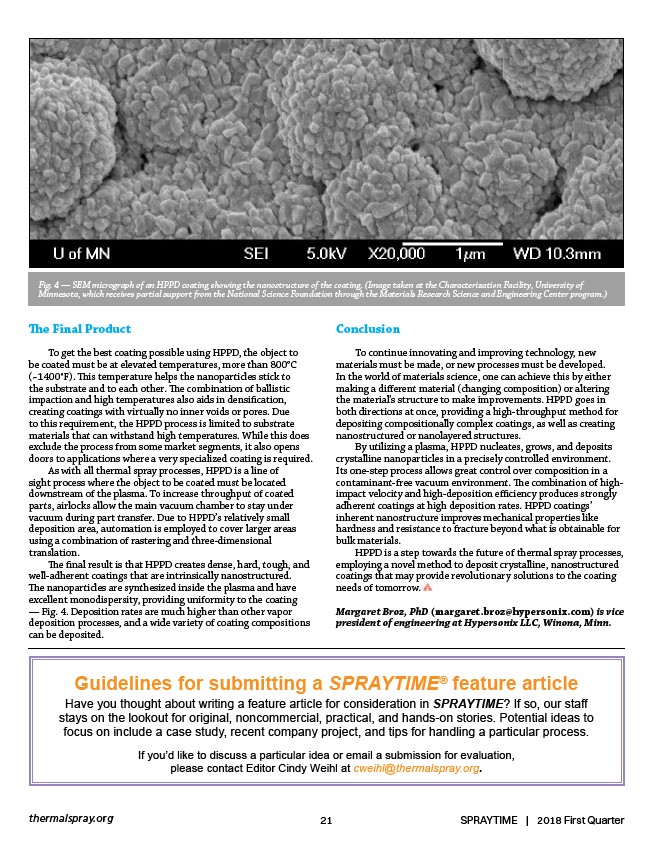
Fig. 4 — SEM micrograph of an HPPD coating showing the nanostructure of the coating. (Image taken at the Characterization Facility, University of
Minnesota, which receives partial support from the National Science Foundation through the Materials Research Science and Engineering Center program.)
The Final Product
To get the best coating possible using HPPD, the object to
be coated must be at elevated temperatures, more than 800°C
(~1400°F). This temperature helps the nanoparticles stick to
the substrate and to each other. The combination of ballistic
impaction and high temperatures also aids in densification,
creating coatings with virtually no inner voids or pores. Due
to this requirement, the HPPD process is limited to substrate
materials that can withstand high temperatures. While this does
exclude the process from some market segments, it also opens
doors to applications where a very specialized coating is required.
As with all thermal spray processes, HPPD is a line of
sight process where the object to be coated must be located
downstream of the plasma. To increase throughput of coated
parts, airlocks allow the main vacuum chamber to stay under
vacuum during part transfer. Due to HPPD’s relatively small
deposition area, automation is employed to cover larger areas
using a combination of rastering and three-dimensional
translation.
The final result is that HPPD creates dense, hard, tough, and
well-adherent coatings that are intrinsically nanostructured.
The nanoparticles are synthesized inside the plasma and have
excellent monodispersity, providing uniformity to the coating
— Fig. 4. Deposition rates are much higher than other vapor
deposition processes, and a wide variety of coating compositions
can be deposited.
Conclusion
To continue innovating and improving technology, new
materials must be made, or new processes must be developed.
In the world of materials science, one can achieve this by either
making a different material (changing composition) or altering
the material’s structure to make improvements. HPPD goes in
both directions at once, providing a high-throughput method for
depositing compositionally complex coatings, as well as creating
nanostructured or nanolayered structures.
By utilizing a plasma, HPPD nucleates, grows, and deposits
crystalline nanoparticles in a precisely controlled environment.
Its one-step process allows great control over composition in a
contaminant-free vacuum environment. The combination of highimpact
velocity and high-deposition efficiency produces strongly
adherent coatings at high deposition rates. HPPD coatings’
inherent nanostructure improves mechanical properties like
hardness and resistance to fracture beyond what is obtainable for
bulk materials.
HPPD is a step towards the future of thermal spray processes,
employing a novel method to deposit crystalline, nanostructured
coatings that may provide revolutionary solutions to the coating
needs of tomorrow.
Margaret Broz, PhD (margaret.broz@hypersonix.com) is vice
president of engineering at Hypersonix LLC, Winona, Minn.
Guidelines for submitting a SPRAYTIME® feature article
Have you thought about writing a feature article for consideration in SPRAYTIME? If so, our staff
stays on the lookout for original, noncommercial, practical, and hands-on stories. Potential ideas to
focus on include a case study, recent company project, and tips for handling a particular process.
If you’d like to discuss a particular idea or email a submission for evaluation,
please contact Editor Cindy Weihl at cweihl@thermalspray.org.
thermalspray.org 21 SPRAYTIME | 2018 First Quarter